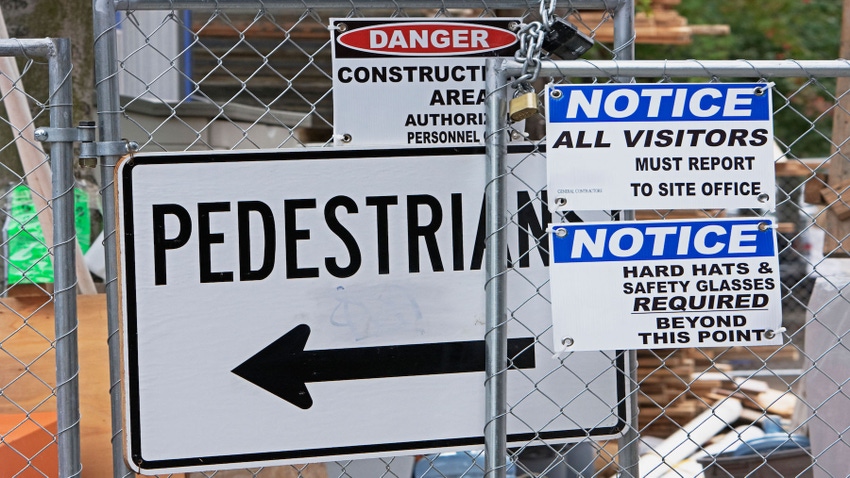6 Strategies for Successful Hazard Communication in Construction
Here’s how to make sure your jobsites are both safe and productive.

Construction sites are bustling with activity, and amidst the cacophony of sounds and movements, the risk of accidents looms large. Effective hazard communication is vital to safeguarding workers and others on the jobsite, and contractors need strategies for fostering a safer construction environment.
At the heart of hazard communication is the principle of the “right to understand.” Workers must be well-informed about the potential hazards they may encounter on a jobsite. OSHA has established a Hazard Communication Standard that aligns with the Globally Harmonized System of Classification and Labeling of Chemicals, a standard that mandates workers have access to and comprehend information regarding chemical hazards.
Here are six strategies for fostering a safer construction environment through effective communication.
1 | Provide comprehensive training.
Implement a thorough training program that encompasses the identification of hazards, proper use of personal protective equipment and emergency response protocols.
2 | Create clear signage and labels.
Utilize signs and labels with harmonized signal words, pictograms and hazard statements to convey risks clearly and effectively.
3 | Distribute safety data sheets.
Maintain up-to-date sheets in OSHA’s specified 16-section format, ensuring that workers can quickly find information about any chemical hazards that may be present on a jobsite.
4 | Conduct regular safety audits.
Frequent inspections can help to identify new hazards and assess the effectiveness of communication methods.
5 | Utilize incident reporting mechanisms.
Establish a comprehensive system for reporting hazards and incidents that encourages transparency and swift action. Encourage workers to speak up about unsafe conditions and to view hazard communication as a collective responsibility.
6 | Integrate technology.
Leverage technology to supply hazard information in real time, particularly on expansive job sites. Also regularly update policies and procedures to reflect the latest safety standards and technological advancements.
An effective hazard communication program is the cornerstone of construction site safety. By embracing a comprehensive approach that includes rigorous training, clear signage, accessible safety data sheets and a strong reporting culture, construction companies can reduce the risk of accidents and build a reputation for safety excellence.
About the Author(s)
You May Also Like




